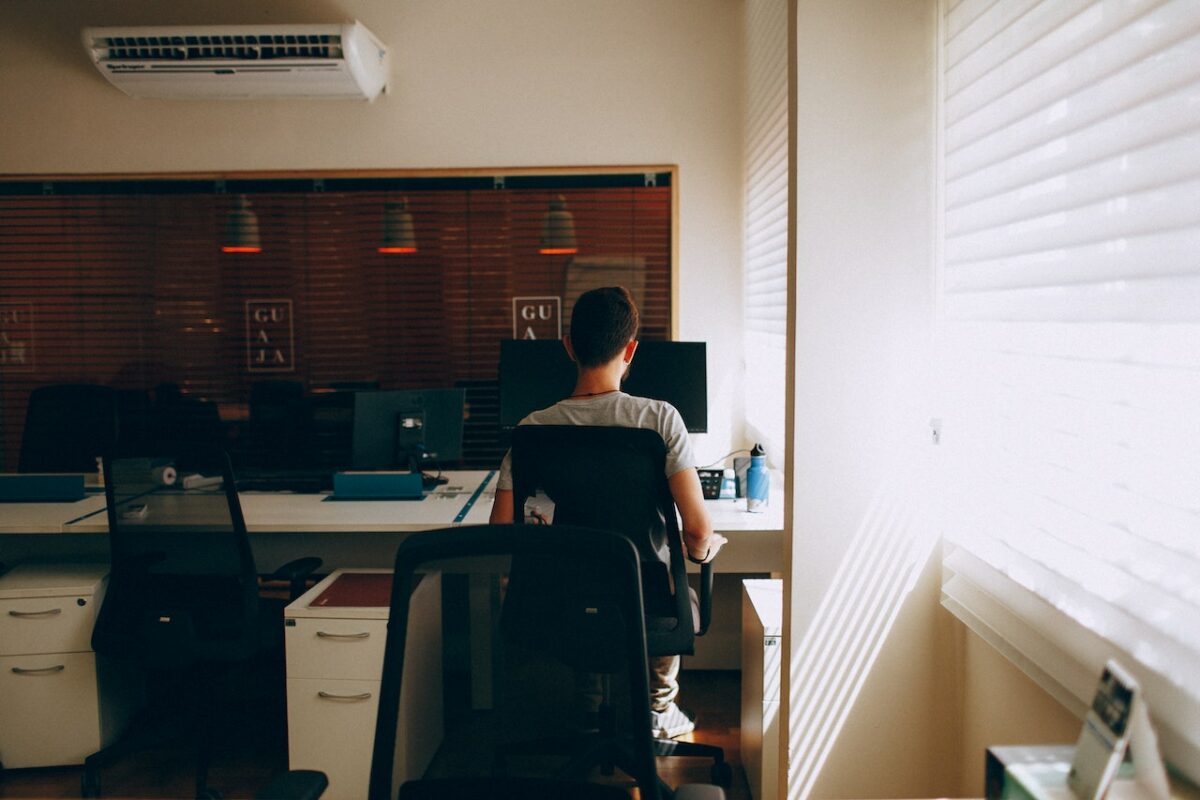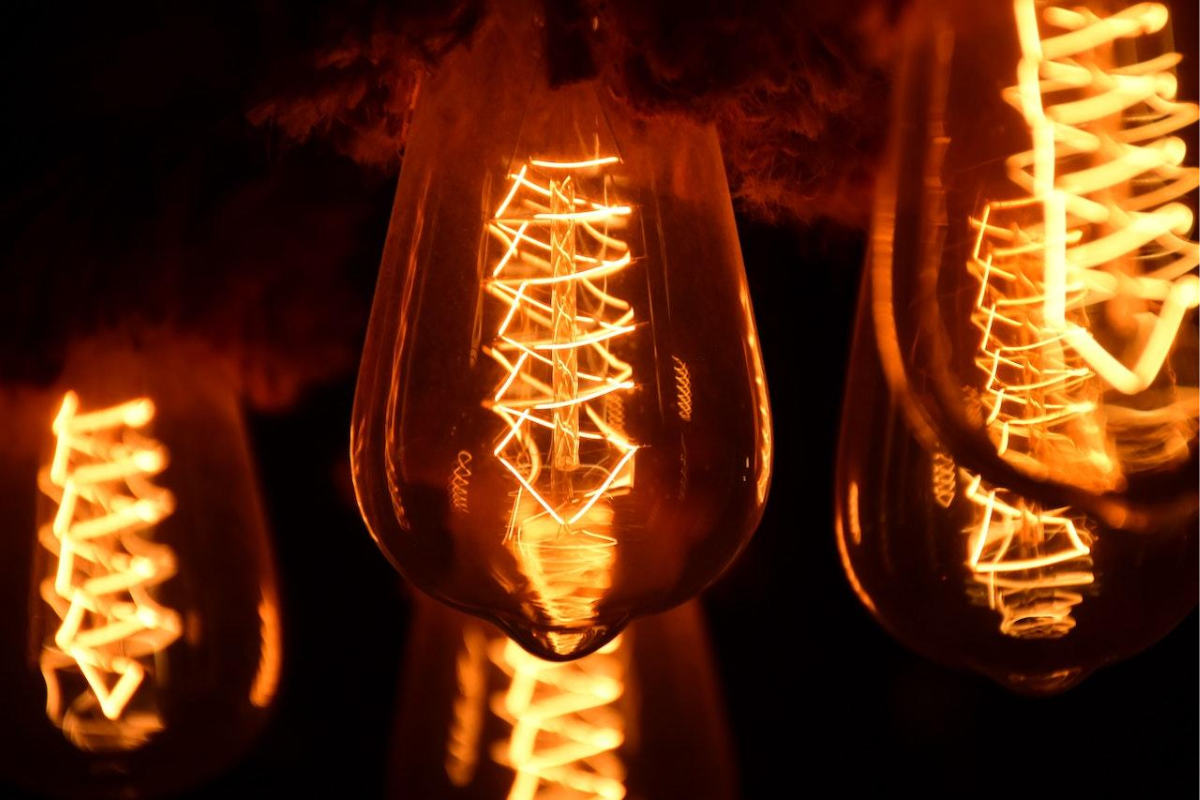Efforts to conserve energy result in lower energy consumption, lower utility costs, and reducing your environmental impact.
By reducing our energy usage, we can increase our energy security, decrease our business’s energy costs, and help to meet climate change targets.
Business owners are increasingly focusing their efforts on reducing their energy consumption and establishing green practices.
Knowing where to start is the first step to optimizing business energy efficiency and saving money.
You can find energy and utility guides at Utility Bidder’s website to provide your business with energy-saving techniques to foster an environment of sustainability.
Conserving Energy VS Energy Efficiency
Optimizing your business’s energy usage requires understanding the difference between energy conservation and energy efficiency. Despite their similarities, the two concepts involve different approaches.
The practice of conserving energy is the decision to use less energy. Conserving energy involves turning off the lights when you leave a room, unplugging appliances when you are not using them, and switching to renewable energy sources.
On the other hand, energy efficiency reduces energy consumption while achieving the same result.
Energy efficiency can be achieved by using energy-saving products like LED light bulbs, energy-efficient appliances or equipment, and smart thermostats.

How To Conserve Energy and Be More Energy-Efficient at Work
Efforts to reduce your energy consumption and conserve energy will pay off and can be implemented immediately at a minimal or no cost.
To get you started, here are a few helpful tips to save you money down the line.
Take Advantage of an Energy Audit
You can save energy at work with the help of an energy audit, which can help determine your baseline energy use.
The Department of Energy & Climate Change projects that an energy audit will cost approximately 1 percent of your annual energy expenses.
If you switch to a new business energy tariff with your current supplier, they may offer you a free energy audit and action plan.
During an energy audit, a qualified expert will check your business for air leaks, ventilation and insulation issues, and recommend ways to reduce energy consumption.
Invest in Energy-saving Office Equipment
Check the energy-efficiency label on office electronics before investing in them. Labelled appliances and energy-efficient office equipment have been tested and categorized as energy-efficient.
Printers and computers that use energy-saving features consume 70 percent less electricity than those that don’t. Making the switch to energy-efficient technology can save you a lot of money.
Switch off The Lights
Despite what might seem obvious, lights stay on in offices even when they are not being used, such as the breakroom, bathrooms, or boardrooms.
When lighting is needed, sensor lights can keep them on, while when they are not used, they can turn them off.
As an additional energy-saving measure, install CFL and LED bulbs in your lighting fixtures to save 25-35 percent compared with traditional incandescent bulbs. Electricity usage will be significantly reduced as a result.
Get Employees Involved
Investing in your employees through training is an integral part of running a business, and educating your employees about energy-saving measures is your responsibility as an employer.
Invest in energy-saving ideas at the workplace and encourage your employees to develop their own.
Set Your Thermostats
Any business, both large and small, can benefit significantly from this energy-saving tip. After everyone has gone home, heating and cooling are not required.

Using smart thermostats or programmable thermostats during after-hours can make a significant difference, even if your team’s hours vary.
End The Day by Shutting Down Computers
During non-working hours, have your staff shut down their computers before they leave if they are not being used. It is simple to reduce energy usage by unplugging and turning off devices at the end of the day.
Avoid Phantom Power
Phantom power, or standby mode, refers to the energy wasted around your office when devices are plugged in but not being used.
Under the current price cap, a phantom load of 275 watts costs £683, but by turning those appliances off standby, the cost could be reduced to 100 watts, according to the experts of the energy-saving app Loop. Unplug and switch off your appliances, computers, and equipment at the end of the day.
Final Thoughts
Electrical power is crucial to a workplace and should be adequately managed. Sustainable work environments can be achieved through energy-saving techniques.
By implementing these solutions, the business might be able to save the extra money it would have spent on this vital amenity.
Ella Marcotte
Latest posts by Ella Marcotte (see all)
- UA vs GA4: The 4 Big Differences You Need To Know - April 26, 2024
- Understanding The Role Of Control Valves In Industrial Automation - April 8, 2024
- How Automation Can Boost Your Business Outcomes - April 4, 2024




